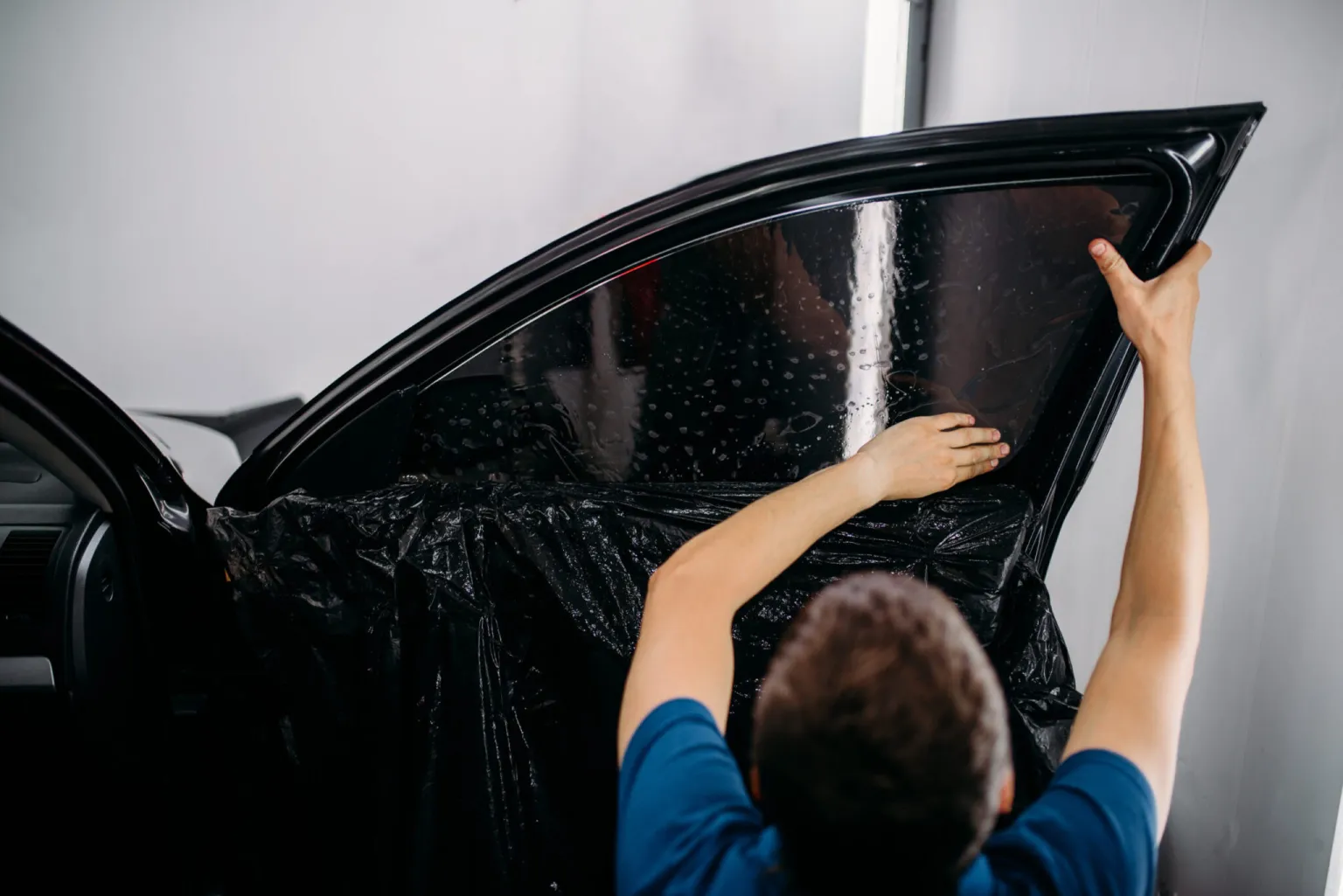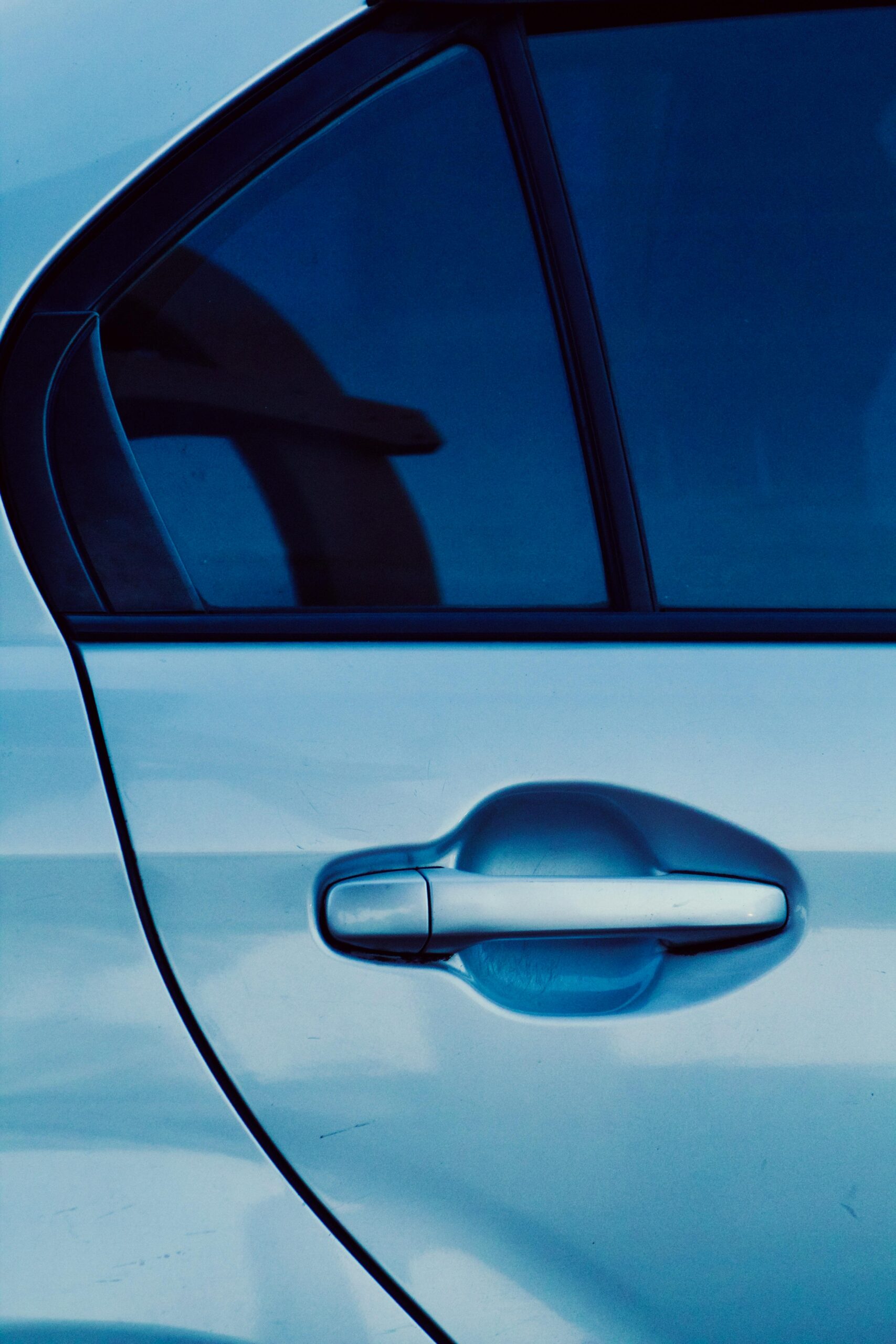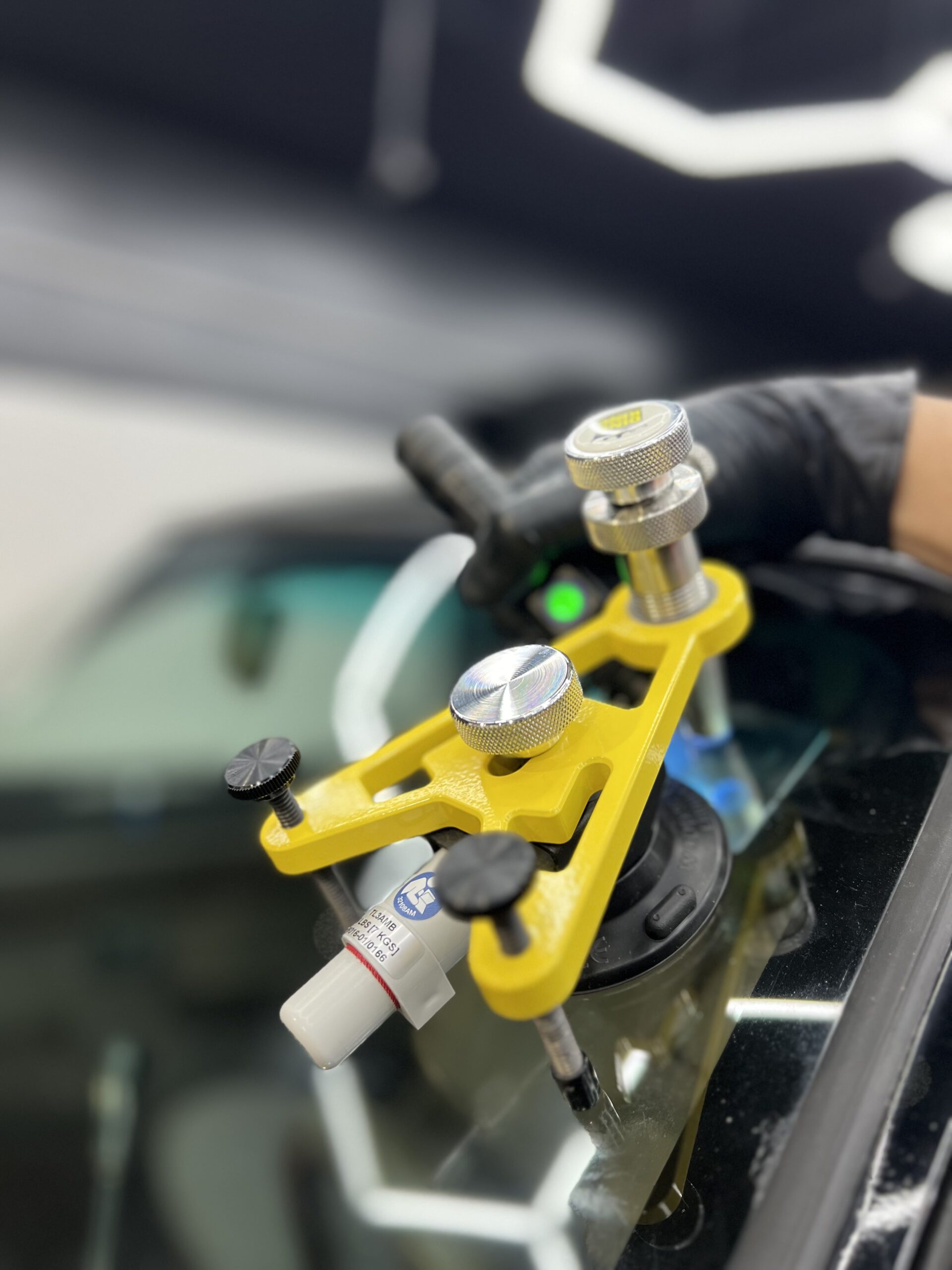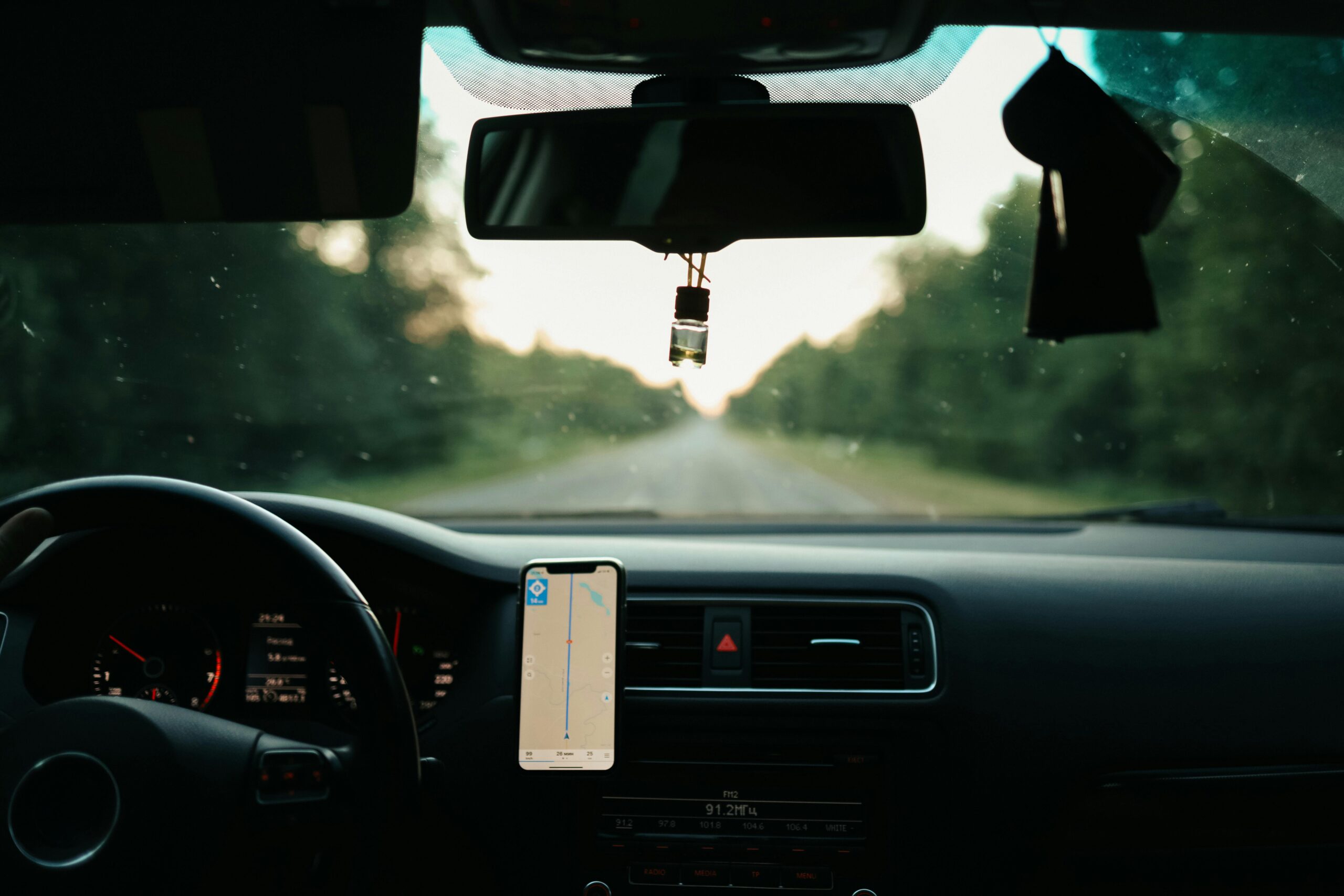Autocare
How Much Tint Do I Need for My Car? Tips & Tools Guide
Find the perfect shade for your ride with expert advice and hassle-free tools.
When considering how much tint do I need for my car, it’s helpful to break the process into practical steps. This guide includes measurement techniques, estimating film requirements, considerations for film type, installation tips, and recommended tools. Whether you’re DIYing or hiring a professional, these insights help you plan efficiently and get the finish you want.
Why Estimating Tint Film Matters
- Budget planning: Film is sold by roll, not window, so accurate estimates save money.
- Avoid waste: Over-purchasing is costly, under-purchasing interrupts the job.
- Quality control: Ample film allows for adjustments and minimizes damage risk.

Key Factors in Film Quantity
- Vehicle Type & Window Dimensions: Compact cars require less tint film than SUVs or trucks. Measure each window individually: front/rear side windows, windshield strip (where permitted), and rear windshield.
- Window Shape & Curvature: Curved or panoramic windows need extra margins for trimming and adjustment.
- Full vs. Partial Tint Job: Eyebrow stripes and top wedge-style tints consume far less film than full-window coverage.
- Film Width & Pattern Rotation: Standard rolls come in set widths (e.g., 36″); rotating the film pattern ensures efficient use.
- Waste Factor: Add ~10–15% extra to cover mistakes, trimming curves, and future re-uses.
Measure Like a Pro: Step-by-Step
- Gather Tools: Flexible measuring tape, pen, paper.
- Record Measurements:
- Width and height for each window.
- Add 1″ (2.5 cm) to each side for trimming space.
- Width and height for each window.
- Estimate Total Film Area:
- Sum lengths of windows to tint and choose roll width.
- Example: Two side windows (40″ each) + rear window (50″) = 130″ roll needed.
- Sum lengths of windows to tint and choose roll width.
- Choose Pre-cut Kits or Rolls:
- Pre-cut kits are convenient and precise.
- Bulk rolls are versatile and cost-effective if you have accurate measurements.
- Pre-cut kits are convenient and precise.
General Tint Film Estimates
Here’s a quick reference for roll length estimates:
Vehicle Type | Film Length Needed* |
Compact Sedan | 15–20 ft |
Full-size Sedan | 20–25 ft |
SUV | 25–30 ft |
Regular Cab Pickup | 15–20 ft |
Extended Cab or Crew Cab | 20–25 ft |
Legal Tinting Guidelines
Ensure compliance with window tint laws—known as VLT (visible light transmission) requirements.
- Common laws include:
- Front side windows ≥ 35 % VLT
- Rear side windows ≥ 20 % VLT (varies by region)
- Windshield tint limited to sun-strip at top
- Front side windows ≥ 35 % VLT
Research local regulations to avoid tickets or forced removal. Typically, the window tinting laws in San Jose is a required front side windows to allow at least 70% of light to pass through.
Choosing the Right Film Type

Your choice affects both quantity and performance:
- Dyed Film – Budget-friendly and basic UV protection.
- Metalized Film – Blocks heat but may interfere with electronics.
- Carbon Film – No signal interference, good heat rejection.
- Ceramic Film – Premium option with high heat/UV blocking and clarity.
Film thickness and quality influence how much you need, costs, and end result.
Tools & Supplies for DIY Tinting
If you’re doing it yourself, prepare these essentials:
- Flexible measuring tape
- Razor blade or scraper
- Application squeegees (hard and soft rubber)
- Spray bottle with application solution
- Heat gun or steamer
- Microfiber cloths
- Quality glass cleaner
These tools help avoid common issues like bubbles, debris, or uneven edges.
Tips for Successful Installation
- Work in a clean, dust-free environment.
- Spray both window and tint liberally to allow positioning.
- Peel backing and apply slowly from top to bottom.
- Use a squeegee to remove air bubbles and leftover solution.
- Trim edges carefully with a sharp blade.
- Heat-activate corners to seal edges and shape curvature.
- Let the film cure before rolling windows (typically 24–48 hrs).
DIY vs. Professional: Pros & Cons
DIY has its own set of benefits and downsides however, we can say for certain whether the pros outweigh the cons, if youre aware of common tinting techniques and other auto detailing tips then it wont be as difficult compared to first timers.
Pros:
- Lower cost on film
- Flexibility in timing and method
Cons:
- Requires skill and patience
- Easily scratched glass or tinted film
Risk of bubbling or peeling
Professional

Pros:
- Precise measurement and application
- Warranty-backed results
- Seamless finish with high-quality film
Cons:
- Higher upfront cost
- You must book around shop availability
If precision, legal compliance, and longevity are top priorities, professional installation is worth it.
Buying Tint Film: Where to Begin
- Pre-cut Kits
- Ideal for common vehicle models
- Precision fit, ready to install
- Bulk Rolls
- Offers flexibility for custom applications
- Cost-effective for SUVs, multiple cars, or personalized designs
- Buying Online vs. In-Shop
- Online: broader film selection, competitive pricing
- In-Shop: on-site guidance, warranty, often bundled with installation
Quick Reference Summary
- Measure windows accurately, adding margins
- Estimate film based on vehicle size and shape
- Select film type based on budget and performance needs
- Gather tools before starting (or hire a pro)
- Choose between DIY and professional based on your comfort level
- Verify local tint laws to ensure legal compliance
Final Takeaways
Estimating how much tint do I need for my car doesn’t need to be overwhelming. By methodically measuring, choosing the right film, and preparing the tools, you can achieve a smooth and cost-effective tint job. Whether you go DIY or invest in professional installation, understanding film quantity is essential for success.




